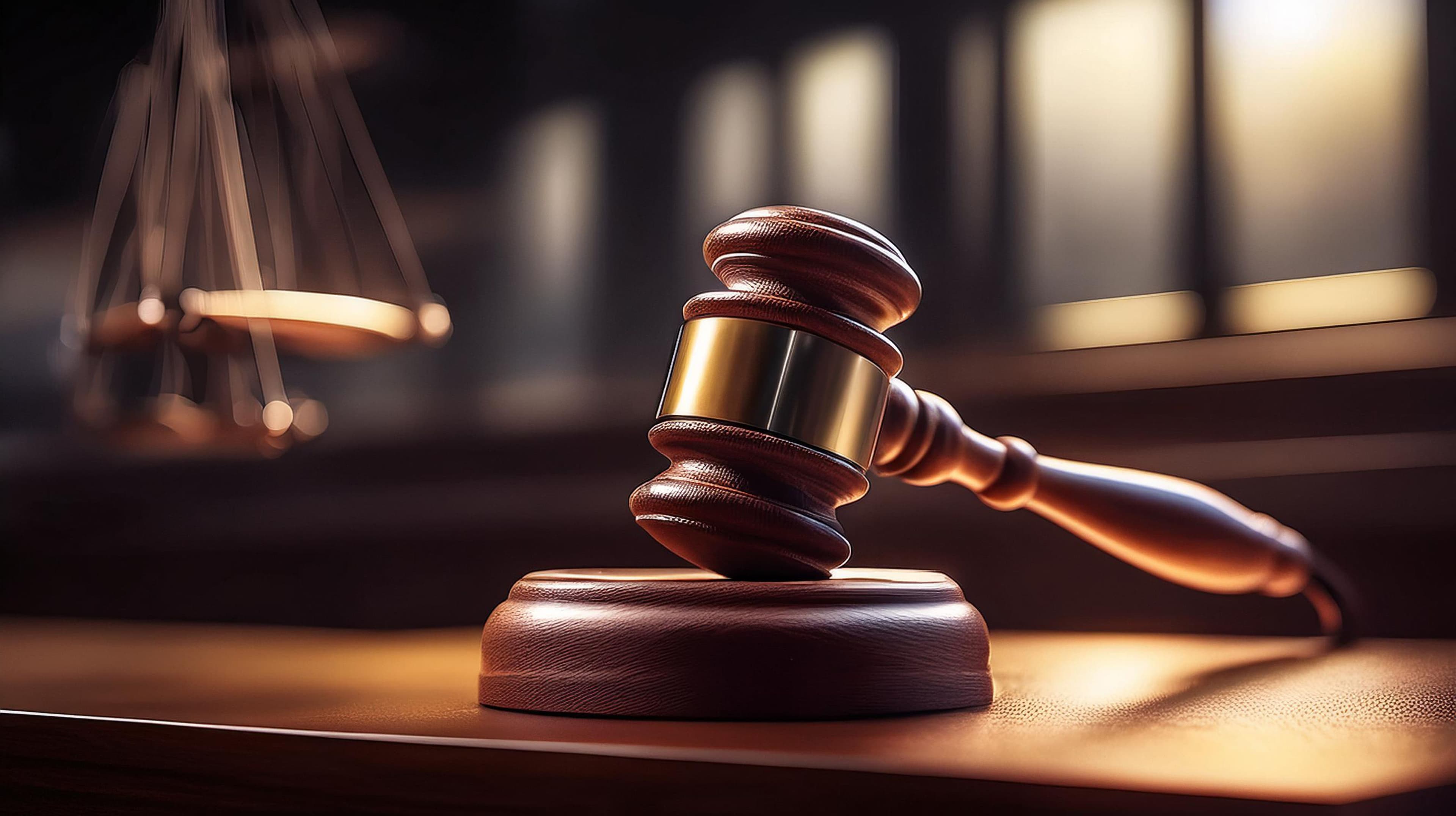
Robbery charges in Alabama are among the most serious a person can face. Because robbery combines elements of theft and violence, prosecutors pursue these cases aggressively. In many instances, the state’s evidence is not built around DNA, fingerprints, or video surveillance. Instead, it often depends heavily on what a victim or bystander claims to have seen. While eyewitness testimony is powerful in front of a jury, decades of research show it is far from foolproof. In fact, eyewitness mistakes are one of the leading causes of wrongful convictions in America.
When someone is accused of robbery in Alabama, the reliability of eyewitness accounts can determine whether they spend years in prison or walk free. Understanding how these identifications are made—and how they can be challenged—is essential for anyone facing such charges.
Why Eyewitness Testimony Matters in Robbery Cases
Robberies often happen quickly, under chaotic and frightening conditions. The victim may be approached suddenly, threatened with a weapon, and pressured to hand over money or property. In such a high-stress moment, people rarely have the chance to observe carefully. Yet once police arrive, they will usually ask for a description of the suspect. That description becomes the starting point for the entire investigation.
Because robbery involves force or threat, police and prosecutors want to show jurors that the victim clearly identified the right person. A confident eyewitness statement can be persuasive, even when no physical evidence ties the accused to the crime. This makes eyewitness testimony one of the most critical—and most dangerous—forms of evidence in robbery trials.
The Problem of Mistaken Identity
Mistaken identity is a major issue in robbery prosecutions. National studies have shown that more than two-thirds of wrongful convictions overturned by DNA evidence involved eyewitness mistakes. The pressure of facing a weapon, the fear of injury, and the speed of the event all interfere with memory.
A victim may sincerely believe they saw the defendant commit the crime, even if they are mistaken. Stress causes the brain to focus on survival rather than observation. Something as simple as poor lighting in a parking lot or the presence of a mask can increase the risk of error. Cross-racial identifications—when a witness of one race is asked to identify a person of another—are also statistically more likely to be wrong.
The tragic result is that people who had nothing to do with a robbery can find themselves accused, indicted, and facing decades behind bars based on nothing more than a mistaken identification.
Factors That Make Eyewitness Accounts Unreliable
Several common circumstances make eyewitness testimony shaky:
- Lighting and visibility: Many robberies happen at night, in dim areas, or with the suspect partially concealed.
- Weapon focus: Victims often stare at a gun or knife, not the suspect’s face, making later identification uncertain.
- Stress and fear: The brain under stress does not record details the same way it does under calm conditions.
- Lineup procedures: If police show a suggestive photo array or make comments that imply a suspect is present, the witness may feel pressure to choose someone.
- Time lapse: As time passes, memory fades, and confidence may increase even as accuracy decreases.
These issues are well-documented in psychological studies, but jurors may not realize how unreliable a “confident” witness can be. That is why the defense must highlight these weaknesses at trial.
How Defense Attorneys Challenge Eyewitness Testimony
A skilled criminal defense lawyer in Alabama will not accept eyewitness statements at face value. Instead, they use multiple strategies to expose problems:
- Cross-examination: Questioning the witness on how much light there was, how far away they were, and how long they actually saw the suspect.
- Challenging police procedures: Arguing that a lineup was suggestive or improperly conducted.
- Expert testimony: Bringing in experts on memory, perception, and identification errors to educate the jury.
- Alternative evidence: Presenting surveillance video, forensic reports, or alibi witnesses to contradict the eyewitness account.
Even when the witness is absolutely certain, these methods can show the jury why certainty does not equal accuracy. In many cases, a strong challenge to eyewitness testimony leads prosecutors to reduce charges or even drop the case altogether.
The Importance of Early Legal Representation
Because eyewitness identifications can shape an entire robbery case, it is crucial to act quickly. An experienced defense attorney can:
- Investigate the crime scene conditions.
- Request records of police lineup procedures.
- File motions to suppress unreliable identifications.
- Gather other forms of evidence before they are lost.
The earlier a lawyer becomes involved, the better the chance of exposing flaws in the prosecution’s case. Waiting too long can mean key evidence disappears, leaving the eyewitness account standing unchallenged.
Conclusion
Eyewitness testimony is powerful, but it is not always trustworthy. Many Alabama robbery cases hinge on what someone thought they saw under stress, and those memories can be dangerously inaccurate. A strong defense requires questioning every detail of the identification and showing jurors the weaknesses of human memory.
If you or someone you love has been charged with robbery in Alabama, do not leave your future to chance. Contact Joe Joe Ingram Law, LLC. With years of trial experience across Alabama courts, Joe Ingram knows how to challenge unreliable evidence and fight for the best possible outcome.



















































